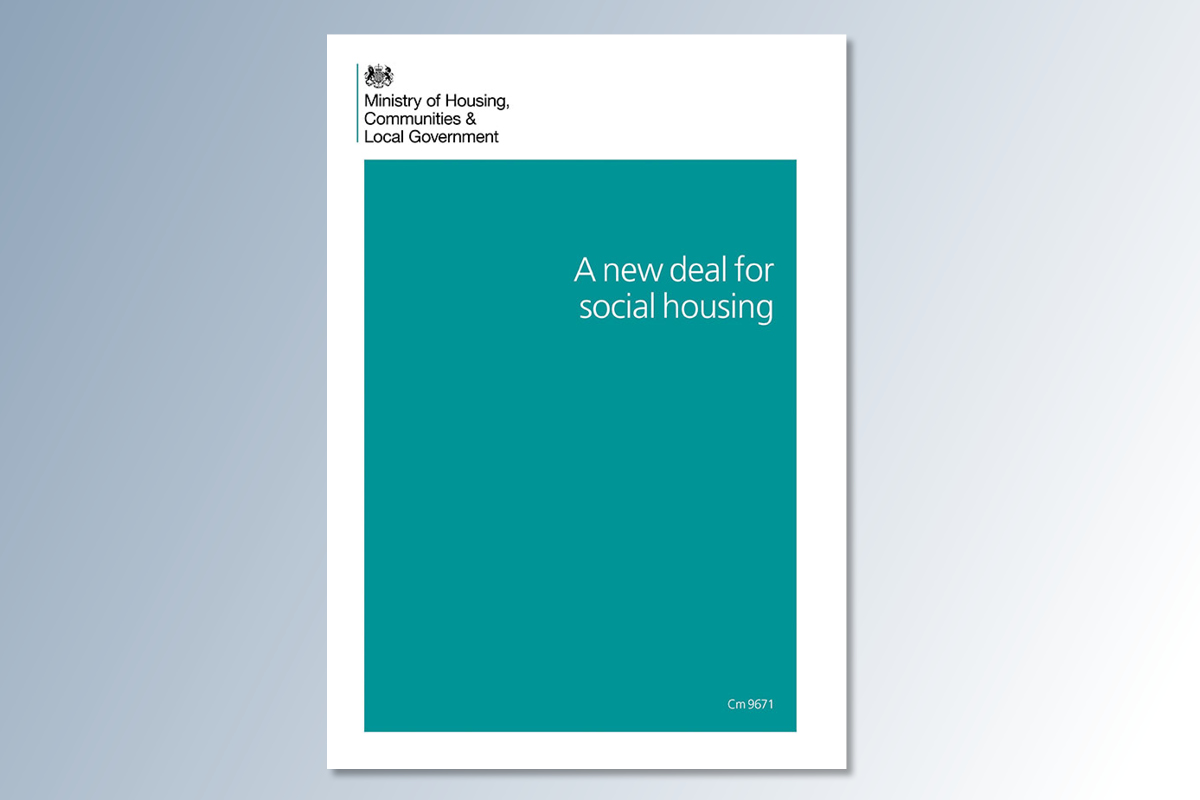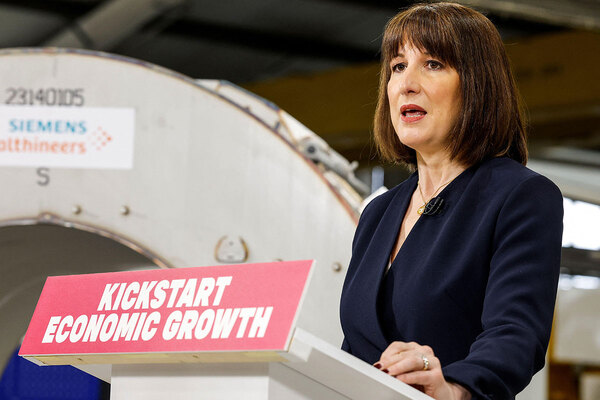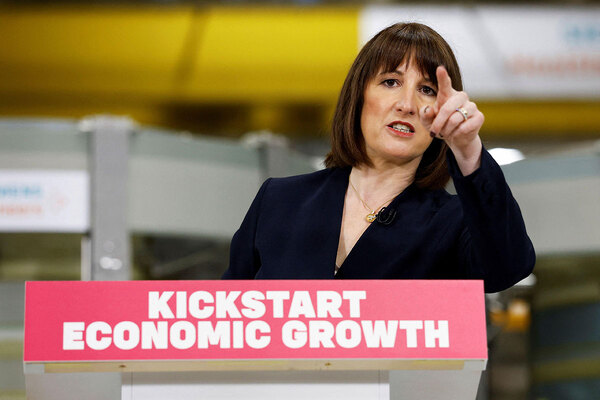You are viewing 1 of your 1 free articles
2020 vision: what lies in store for housing this year
The Inside Housing team looks at the issues at the top of the social housing agenda to predict the road ahead for the sector. Pictures by Getty
The next 12 months promise to be significant for the housing sector.
With a new government in place, those working for housing associations, councils and private builders will be waiting with bated breath to see just how central to Boris Johnson’s new government housing will be.
But it is not just the development of the government’s approach to housing that will be key. There are also a number of key events to look out for this year.
Later this month, phase two of the Grenfell Inquiry will begin. Sir Martin Moore-Bick and his team will move away from what happened on the night and interrogate the events that led up to the fire in the months and years preceding it.
Later in the year, the Social Housing White Paper will be published after many false starts and missed promises of its publication.
And all this is underpinned by a growing climate emergency across the globe, with 2020 promising to be a key year for housing associations and local authorities as they work out how to tackle the issue.
Social Housing White Paper
Remember the Social Housing Green Paper (above)? This was the document intended to be a central plank of the government’s response to the Grenfell Tower fire and was published – already after long delays – in August 2018.
Inside Housing’s piece looking ahead to 2019 expected a full government response to the green paper consultation “fairly early” in the year. We will not make that mistake again, but Boris Johnson did promise before the election – and it was in the Conservative manifesto – that a Social Housing White Paper will be brought forward.
What the white paper proposes, whenever it eventually appears, remains anybody’s guess. The green paper’s headline policy was the introduction of social housing provider league tables, but Inside Housing understands that idea has since been dropped after it met with a lukewarm response from tenants.
The manifesto promises the white paper will “empower tenants and support the continued supply of social homes” but what this will look like has been a question for many sector leaders.
The Regulator of Social Housing has indicated that it anticipates key performance indicators to become a bigger part of consumer regulation.
Political landscape
While the closing months of the 2010s were dominated by deciding who would be leading the country into the next decade, the opening months of the 2020s will be all about how important housing will be for the government of the victorious Boris Johnson.
Included in the Conservative manifesto were a number of housing promises, including extending the Right to Buy pilot outside of the Midlands and the ‘First Homes’ plan, which will see discounted properties offered to first-time buyers. How these will be implemented – and when – remains to be seen.
The sector will also keep an eye on policies that did not make the manifesto. Whether Robert Jenrick’s shared ownership Right to Buy plan will see the light of day is a key question for housing associations.
The Budget, which is scheduled for 11 March, will be the first indicator of whether housing makes up a key part of the government’s spending plans.
This will be followed by the Spending Review, which sets department budgets for the coming years. The sector will wait with bated breath to see the level of funding available through the Affordable Homes Programme.
The new government has committed to maintaining it, but whether this will match or exceed the current £9bn programme will be of great importance for associations.
Fire safety
The cladding crisis – or building safety crisis, as it should perhaps be called – shows no signs of slowing.
The deadlines for leaseholders at blocks with dangerous non-aluminium composite material cladding to pay crippling bills for removal are fast approaching, which means the long-warned-of crisis of bankruptcy and homelessness as a result of cladding bills will soon arrive. In March, councils are also due to reveal the data they have gathered on buildings with other forms of dangerous cladding. The next step will be remediation, which will draw many more blocks into the story.
The pressure to provide more direct funding will mount – as housing associations count the cost of remediation and leaseholders are hit with escalating bills. It is likely the government will look at primary legislation to provide a fix.
All of this will play out against a backdrop of Phase Two of the Grenfell Tower Inquiry. This begins on 27 January and is expected to reveal damning insights into the construction industry and the process of product testing and certification – fleshing out our understanding of how the crisis has emerged.
Mayoral elections
May’s local elections will see regional mayors in London, Greater Manchester, the West Midlands, the Liverpool City Region and the Tees Valley compete to keep their posts. Who comes out on top could prove significant, with the government signalling its support for greater devolution.
In London, Labour’s Sadiq Khan will be keen to show off his Building Council Homes for Londoners programme and support for private rent controls. Meanwhile, the Conservatives have been eager to attack Mr Khan’s housing record in the past, and the party’s candidate Shaun Bailey has already made a bold pledge to establish a new ‘Housing for London’ body.
Whoever wins in London will need to thrash out a deal with government to secure a portion of the national affordable housing grant, and whether they’ll be able to convince Conservative ministers eager to nurture new-found support in the North to funnel a huge chunk of resource into the capital is up for debate. The ambitious mayors in other areas such as Manchester’s Andy Burnham and Birmingham’s Andy Street will no doubt be lobbying for more housing cash.
Climate emergency
As the climate emergency moves further up the political agenda, the sector must think harder about how it will respond to the challenges faced. The recent floods in the North of England (see Doncaster, above) provided just one example of the devastating impact of climate change and the potential consequences for landlords.
The UK government currently has a target to become carbon neutral by 2050, while the Scottish government aims to do so by 2045.
Meanwhile, many councils including Croydon, Bournemouth and Glasgow have set targets to become carbon neutral by 2030. Expect housing associations and contractors to follow suit.
In the more immediate future, the government is currently consulting on plans to introduce a ‘Future Homes Standard’ for homes built after 2025, which closes this month. This could potentially see fossil fuel heating systems, such as gas boilers, banned from new homes within five years.
If the talk of the past few months is anything to go by, 2020 appears to be a year in which housing organisations will start making significant steps towards improving efficiency of stock and cutting carbon emissions, or at least considering what these targets mean for them in terms of business plans.











